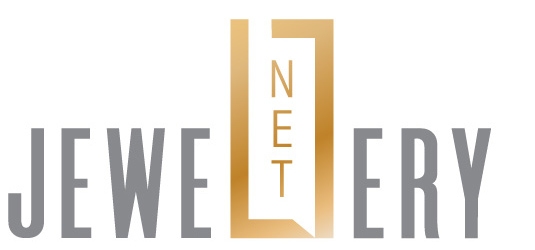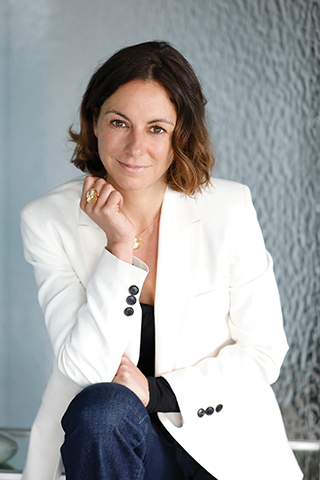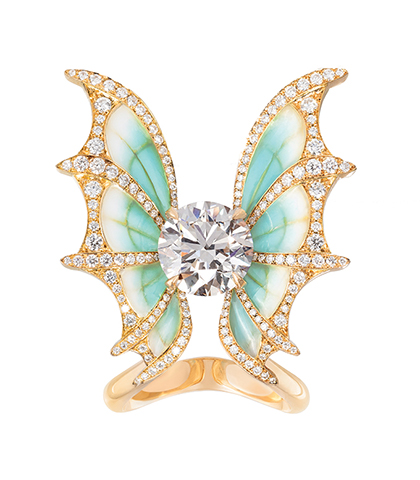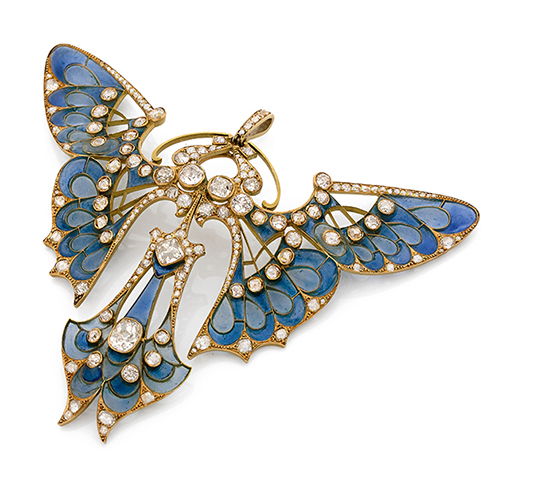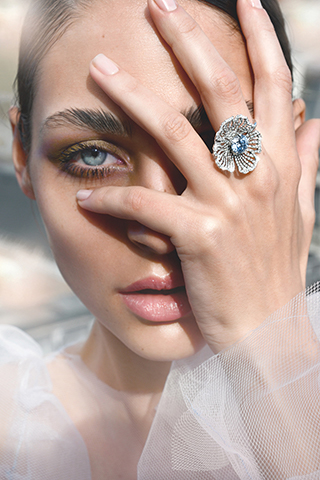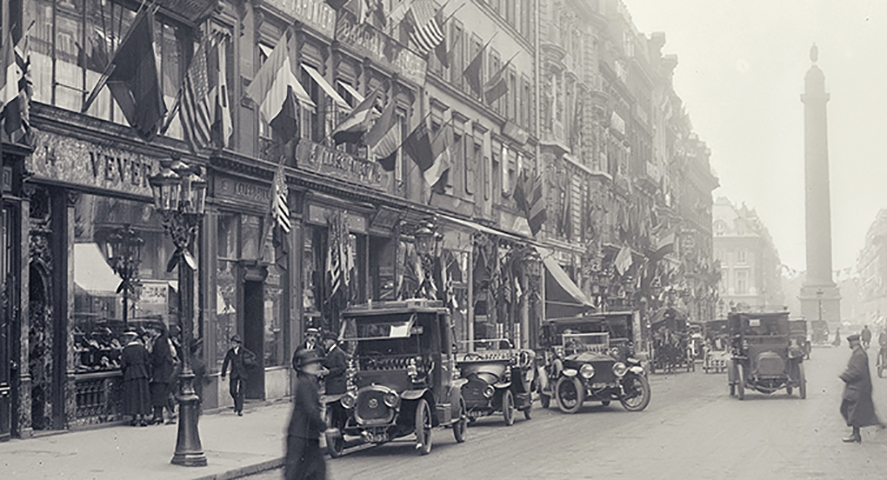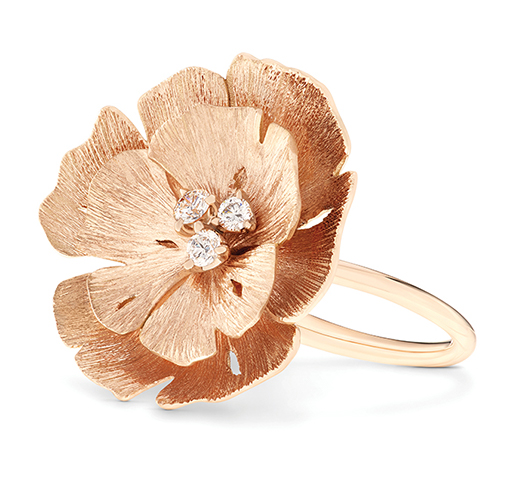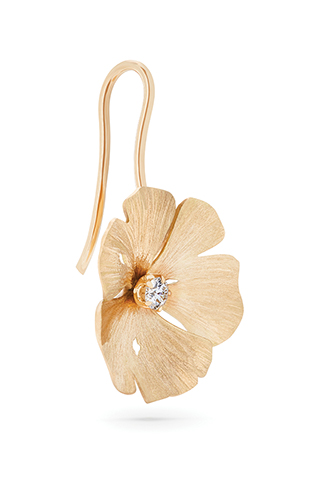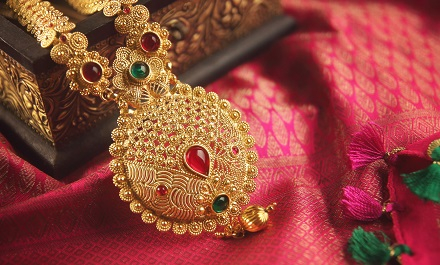French jeweller Vever is aiming to reclaim its rightful place in the world of luxury jewellery by injecting modern philosophies into its collections while upholding its celebrated design DNA.
The idea of someday breathing new life to Vever – one of France’s most renowned jewellers – has been brewing in Camille Vever’s mind since her teenage years after receiving a Vever jewellery piece from her grandmother.
Camille, a seventh-generation owner of the company, saw it fit to relaunch Vever in 2021 after 40 years of dormancy. Last year also marked the revered brand's 200th anniversary.
The jeweller’s latest collections, unveiled at the 2021 La Biennale in Paris, were in perfect coherence with the aesthetic history of the house: Mythical goddesses and nymphs, and flora and fauna design elements alongside multicoloured enamel in gold all radiating an Art Nouveau spirit.
Vever is also injecting its creations with contemporary meaning and social relevance – sustainability.
Rich history, dazzling future
Founded in 1821 by Pierre-Paul Vever, the company flourished during the Art Nouveau period, with his sons Henri and Paul at the helm. Jewels from Vever were deeply admired and recognised at Universal Exhibitions in Paris. One-of-a-kind and refined, its jewellery was worn by the most influential personalities of the time – from Tsar Alexander III to Empress Eugénie, the Shah of Persia and other stars of the Belle Époque period (1871-1914).
In its workshops, distinguished jewellers such as René Lalique and Eugène Grasset likewise honed their artistic talents.
Vever however closed its store at 14 Rue de la Paix in 1982 at a time when independent houses faced tough competition from upcoming luxury giants such as LVMH, which was founded in 1987.
Echoing the Art Nouveau movement, which shook up the codes of jewellery design at the turn of the 20th century, the new Vever offers ethical and trendy jewellery pieces, in harmony with society and nature, according to Camille. The house uses recycled gold and lab-grown diamonds while promoting local production and traditional jewellery manufacturing know-how such as plique-à-jour, a beloved but slowly diminishing enamelling technique. It is also a mission-oriented company, a special status provided under French law for those that place resolving societal and environmental challenges at the heart of its business model.
New luxury
Camille takes this famous quote by Abraham Lincoln to heart: The best way to predict the future is to create it. Guided by this mantra, she used her training in investment and finance to set a new direction for Vever. Her business experience further fuelled the desire to relaunch the family enterprise. Her strong vision and aspiration to celebrate nature and promote ethical production are evident in the revisited themes of Art Nouveau in every Vever jewellery piece.
A savvy entrepreneur, she also took advantage of an opportunity to offer responsible jewellery associated with the rich storytelling of the Vever house. In addition, the Art Nouveau style remains ripe for rediscovery, while majority of jewellery maisons currently focus on Art Deco styles.
“Our ambition is to develop a new kind of luxury,” revealed Camille. “Our eco-responsible strategy is a strong differentiating factor compared to other major brands in the jewellery sector.”
In preparation for the brand’s revival, Camille employed the services of renowned jewellery experts in its design team. “Our creative director, Sandrine de Laage, previously worked with Harry Winston. She helped reinterpret the Art Nouveau style for our collections. Our jewellery pieces are of interest to ethical-minded customers as well as jewellery connoisseurs and international collectors,” added Camille.
With all these elements coming together, the new house of Vever has settled into the landscape of contemporary jewellery. On top of that, the brand is in a unique position to seamlessly meld tradition with modernity, and responsibility with creativity – something that is very much in tune with the values of a modern generation of customers.
French artistry
Vever is reviving the fascinating craft of plique-à-jour. For instance, the jeweller uses translucent enamels in mesmerising colours to recreate the transparency and intricacy of dragonfly wings or the delicate crevices of a flower petal.
This technique involves filling the gaps in an openwork gold motif with enamel powder diluted in water. When applied, the liquid substance coils in the cells and fuses with the metal. Heated at high temperature, the translucent enamel, like stained glass, allows light to pass through.
The jewellery brand is indeed a faithful chronicler of French jewellery design and techniques. In his 1906-08 book, La Bijouterie Francaise au XIXe Siecle, Henri Vever, a highly accomplished jeweller himself, compiled studies charting the histories of his colleagues, including Bapst, Boucheron, Falize, Fontenay, Pouquet, Froment-Meurice, Gaillard, Lalique, Mellerio and Wiese.
Thames and Hudson, which published the 2001 English translation, Henri Vever: French Jewellery of the 19th Century by Katherine Purcell, said Henri Vever provided an indispensable representation of the kind of jewellery produced in Paris from the imperial to the Art Nouveau period – an ode to France’s illustrious jewellery-making tradition. Since its first publication nearly a century ago, Henry's book has become the definitive source of information for jewellery professionals and connoisseurs alike.
